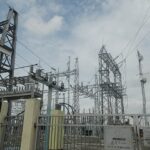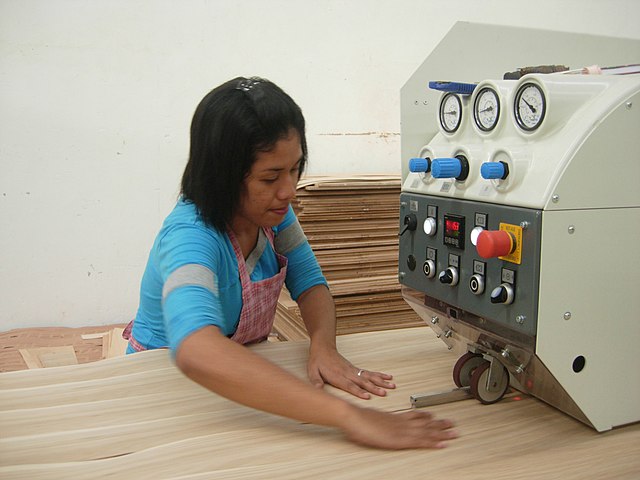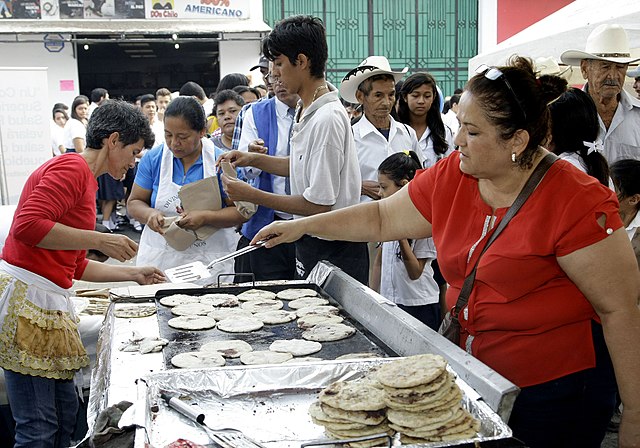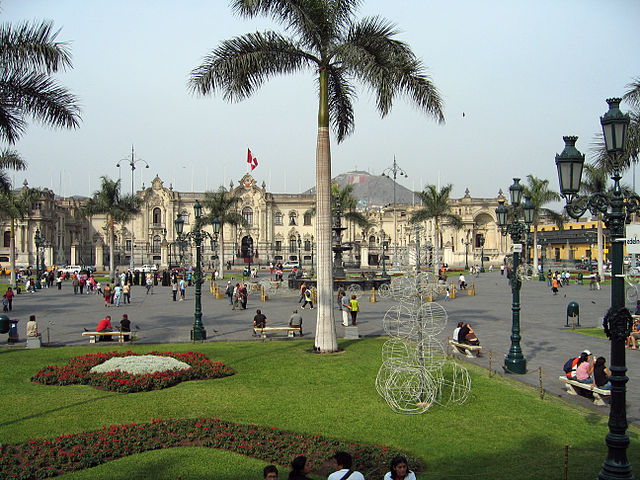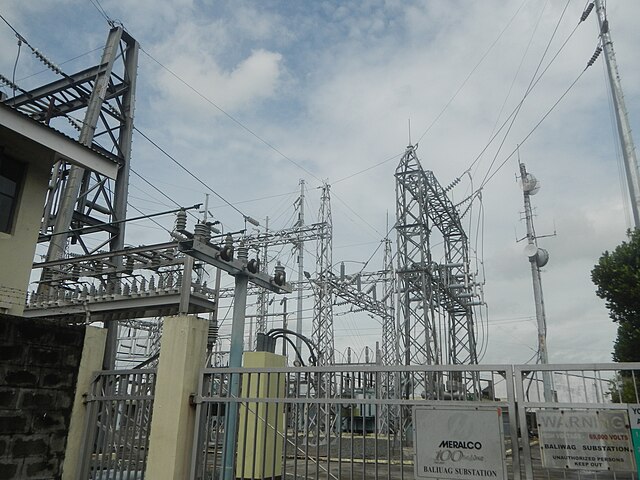In recent times, Peru has witnessed notable developments across various sectors of its economy. The mining and hydrocarbons sector experienced substantial growth in May 2023, with a significant increase of 16.74% compared to the same month in 2022. Conversely, the fishing sector experienced a contraction of 70.60%, while the electricity subsector recorded a growth of 5.02%. Additionally, there were changes in cement consumption, government investment expenditure, credit allocation, and import dynamics. These economic indicators provide valuable insights into the market dynamics and present both opportunities and challenges for the Peruvian economy.
Growth in the Mining and Hydrocarbons Sector
The mining and hydrocarbons sector exhibited robust growth in May 2023, primarily driven by a 21.02% expansion in metallic mining. Copper production notably increased by 36.1%, accompanied by significant growth in molybdenum (17.1%), zinc (8.2%), lead (5.3%), and tin (6.5%) production. However, gold (-7.4%), silver (-4.7%), and iron (-3.7%) production experienced declines during the same period. This growth in the mining sector can be attributed to increased production and the favorable market conditions for various minerals.
Contractions in the Fishing Sector
The fishing sector faced considerable challenges in May 2023, with a contraction of 70.60% primarily due to a significant decrease in the extraction of marine species (-76.15%). Anchoveta extraction, a vital resource for indirect human consumption, decreased from 1,069,431 tons in May of the previous year to 7,620 tons in May 2023. However, fishing for direct human consumption experienced growth of 4.28%, driven by an increase in fresh consumption (22.9%) and curing preparations (10.9%). Furthermore, inland fishing saw a growth of 5.81%, fueled by the extraction of species for fresh consumption.
Electricity Subsector Performance
Preliminary figures indicate that the electricity subsector experienced a growth of 5.02% as of June 27, 2023. The positive performance was primarily driven by the increased generation of thermal energy (29.6%) and renewable energy sources (22.7%). However, hydroelectric power generation decreased by 19.9%. Several companies, including Termoselva, Kallpa Generación, Enel Generación Perú, Engie, Termochilca, Sudamérica de Energía (SDE) Piura, Empresa de Generación Huanza, Egesur, and Enel Generación Piura, contributed significantly to the overall electricity production.
Cement Consumption and Construction Trends
The domestic consumption of cement experienced a decline of 11.88% in May 2023 compared to May 2022. This reduction can be attributed to lower levels of private construction and self-construction activities. The decrease in cement consumption reflects the fluctuations in construction trends and the impact on infrastructure development and housing projects.
Government Investment Expenditure and Credit Allocation
Government investment expenditure witnessed a growth of 7.22% in May 2023 compared to the same month in the previous year. This increase was driven by higher investment in construction by the national government and increased investment in machinery, equipment, and other assets by both the national and regional governments. Additionally, government consumption expenditure in nominal terms reached S/10,044 million, representing an 8.62% increase compared to the same period last year.
In terms of credit allocation, consumer loans experienced a significant increase of 15.56% in May 2023 compared to the previous year, while mortgage loans grew by 5.35%. However, credit granted to corporations, large, medium, small, and microenterprises decreased by 5.89%. The issuance of credit cards by multiple banks also showed a modest increase of 2.72%.
Import Dynamics
In May 2023, the total value of imports decreased by 9.24% compared to May 2022, amounting to US$4,386 million. The importation of raw materials and intermediate goods decreased by 20.89% to US$2,141 million, while the importation of capital goods and construction materials slightly declined by 0.25% to US$1,215 million. Conversely, the importation of consumer goods grew by 13.45% to reach US$1,030 million.
Conclusion
The economic trends observed in Peru during May 2023 reflect both positive and negative developments across various sectors. The significant growth in the mining and hydrocarbons sector contributes to the country’s overall economic expansion. However, the contraction in the fishing sector poses challenges for the industry and related supply chains. The electricity subsector’s performance highlights the importance of diversifying energy sources and addressing fluctuations in hydroelectric power generation. Moreover, fluctuations in cement consumption indicate the need for stability and growth in construction activities.
Government investment expenditure and credit allocation play crucial roles in supporting economic growth and development. While increased investment expenditure by the government contributes positively to the economy, the decline in credit allocation to corporations and businesses warrants attention. Import dynamics also influence the country’s economic landscape, with fluctuations in the value of imports affecting various sectors.
Understanding these economic trends allows policymakers, businesses, and investors to make informed decisions to ensure sustainable growth, market stability, and the overall prosperity of Peru. By focusing on market dynamics and addressing challenges, Peru can continue on its path of economic development and improved living standards for its citizens.



